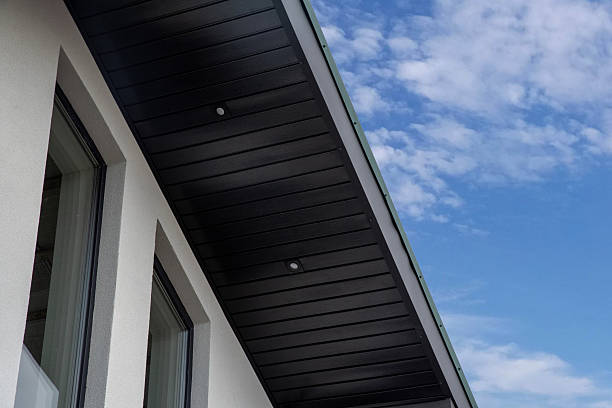Fascia boards serve both aesthetic and functional roles in your home. They create a barrier around the roof’s edge, supporting the lower edges of roof tiles or shingles while enhancing the appearance of the structure. Understanding when to replace fascia boards, as well as how to properly carry out the replacement process, is important for maintaining your property.
Identifying Signs of Damage
It’s important to recognize the indicators that your fascia boards need replacement. Some common signs include visible sagging, discoloration, and even the presence of mold or rot. Inspect the boards regularly to catch these issues early. One telltale sign is the appearance of peeling paint or wood that feels soft to the touch. This could indicate that moisture has infiltrated the wood, leading to decay. In areas prone to heavy rainfall or humidity, monitor the condition of the boards closely.
Wood that is more appealing to pests, such as termites, can signify impending problems; holes or trails left by these insects warrant immediate attention. An estimate fascia replacement cost can be anywhere from $3 to $12 per square foot, depending on materials used and labor costs in your area, making it critical to determine the right time for a proactive replacement rather than a reactive one. Regular inspections after seasonal changes can help you stay ahead of potential damage. If ignored, weakened fascia boards can compromise your gutters, leading to drainage issues. This can affect nearby roofing materials and even interior walls.
Understanding Different Materials
Fascia boards come in a variety of materials, each offering unique benefits and drawbacks. Common options include wood, vinyl, and aluminum. Wood fascia is traditional and blends well aesthetically, but may require greater maintenance due to its susceptibility to moisture and insects. Vinyl is a durable alternative, requiring minimal upkeep while offering resistance to rot and fading.
It comes in a variety of colors, ensuring it can match your home’s style without the need for painting. Aluminum offers another low-maintenance option, appreciated for its longevity and rust resistance. While it initially costs more, the durability may save you money in the long run through reduced maintenance. Choosing the right material involves balancing initial cost, upkeep expenses, and aesthetic appeal. Examining the climate in your area will play a significant role in material selection.
The Replacement Process
Once you’ve determined that replacement is necessary and decided on the material, it’s time to begin the process. Preparation is key. Ensure that you gather all tools and materials beforehand. A ladder, saw, hammer, nails, and safety goggles are some of the items you’ll need to complete the job. Start by removing the old fascia boards.
This might involve prying them off carefully to avoid damaging the underlying structure. Inspect the rafters and roof for any damage that needs to be addressed before installing new boards. Next, measure and cut the new fascia boards to size, ensuring a snug fit. Follow manufacturer guidelines for installation and secure the boards with appropriate fasteners. If you’re using wood, applying a protective sealant can prolong its life significantly.
DIY vs. Professional Help
Deciding whether to undertake the replacement yourself or hire a professional comes down to comfort with DIY projects and the complexity of your particular situation. If the fascia boards are difficult to access or if you notice signs of structural damage beyond just the fascia, consulting a professional may be a wise choice. For those with experience in home repairs, replacing fascia boards can be a manageable project.
Ensure you set aside adequate time and follow necessary safety precautions, including using a secure ladder and ensuring anyone assisting you understands proper safety protocols. Take the time to research local regulations, as some areas require permits for roofing-related projects. Failing to comply with these regulations can result in fines or complications during future sales of your home.
Maintaining Your Fascia Boards
Once the replacement is complete, maintaining the new fascia boards will prolong their lifespan and maintain the appearance of your home. Regular cleaning to remove dirt and debris will help prevent mold and rot, which can occur if organic material builds up against the boards.
Every couple of years, inspect the boards for any signs of peeling paint or mechanical damage. Touching up the paint or sealant can provide an extra layer of protection, particularly for wood-based boards. Keeping gutters clear of debris is important, as clogged gutters can lead to water pooling and increase the risk of moisture-related damage.
Schedule periodic inspections by a professional. These can help identify potential issues before they escalate and keep your home looking its best. Maintaining your fascia boards is key to protecting your home and contributing to its aesthetics. By understanding the signs of damage, selecting the right materials, and knowing how to replace and maintain your fascia boards, you ensure the longevity and appeal of your property. Investing in this part of your home’s exterior enhances its appearance and prevents more expensive repairs down the line.
Published by HOLR Magazine.




